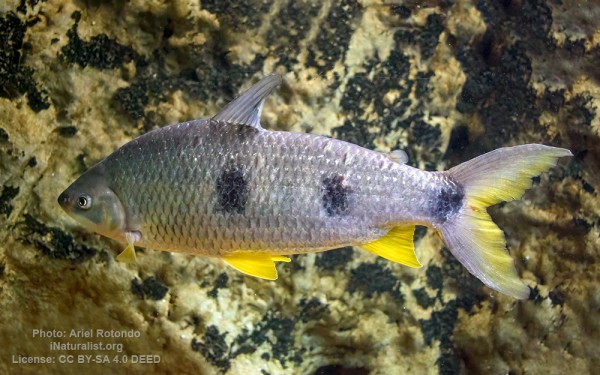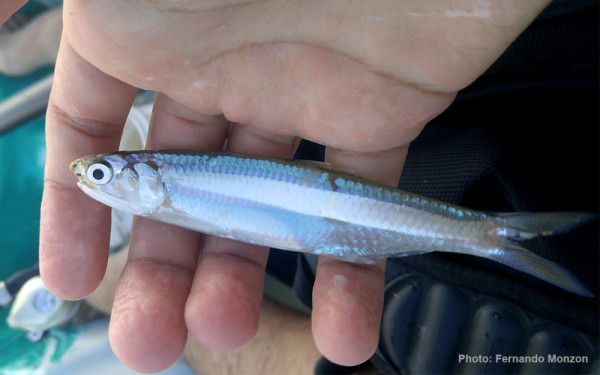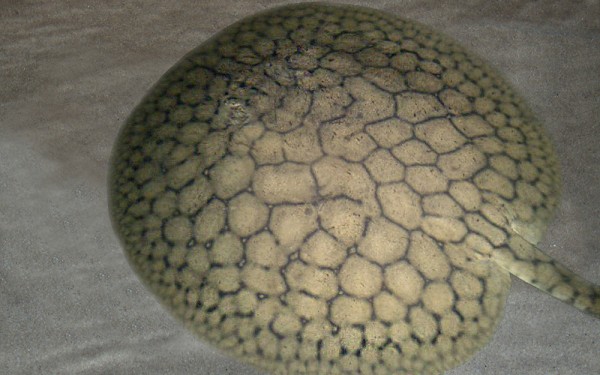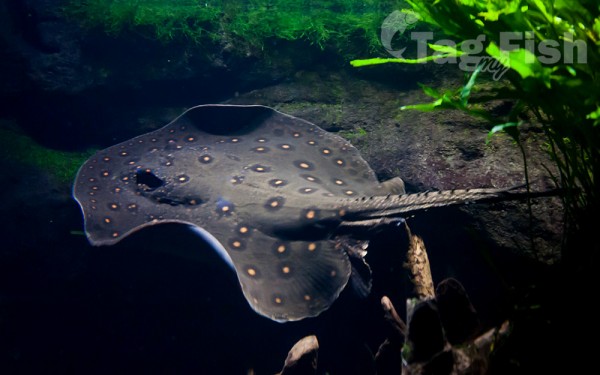Bermejo River
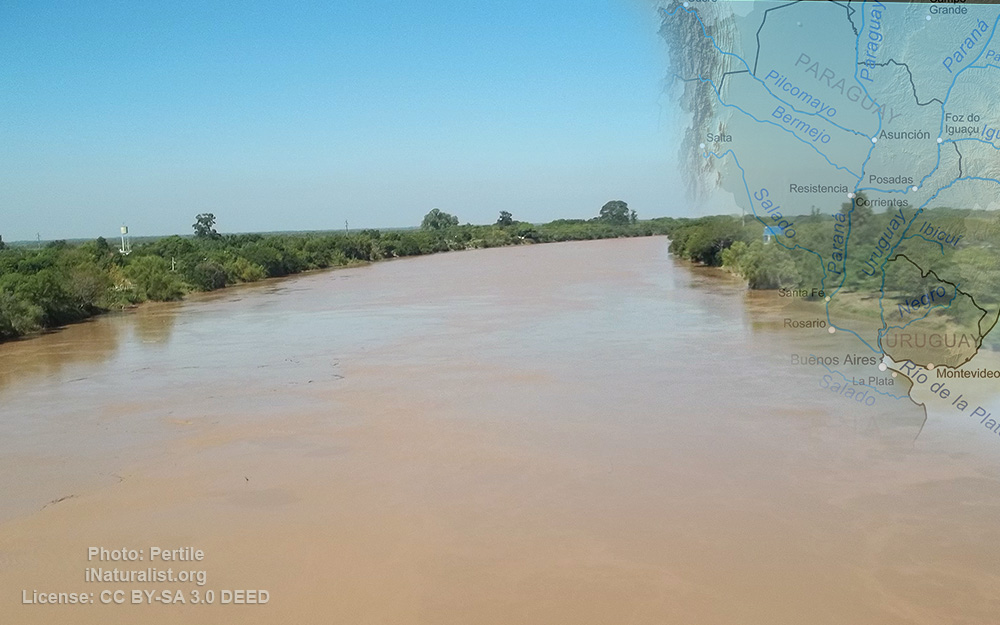
Characiformes - Characins
Clupeiformes - Herrings
Myliobatiformes - Stingrays
Characiformes - Characins
Clupeiformes - Herrings
Myliobatiformes - Stingrays
The Bermejo River (Río Bermejo) is a river in South America that flows from Bolivia to the Paraguay River in Argentina. The river is generally called Bermejo in spite of its different names along its way, but it also has its own Native American names; in Wichí it is called Teuco, and in Guaraní it is called Ypitá.
In the plains of Argentina’s Gran Chaco the Bermejo forms wetlands and splits into two branches.
The southern branch is the bed of the old Bermejo River, now an intermittent stream called Río Bermejito.
The northern branch is now the main stem of the Bermejo and is called the Teuco River (Río Teuco), Bermejo Nuevo, or simply the Bermejo River.
The two branches rejoin at 25°39′S 60°11′W, near Villa Río Bermejito, forming the Lower Bermejo River.
The Bermejo River is 1,060 kilometres (660 mi) long and has a drainage basin of 123,000 square kilometres (47,000 sq mi) in area. Its mean annual discharge is irregular and varies between 20 cubic metres per second (710 cu ft/s) and 14,000 cubic metres per second (490,000 cu ft/s).
The river is born in a mountain range known as Sierra de Santa Victoria, a few kilometres southeast of Chaguaya in Bolivia, and not far from La Quiaca, Jujuy Province, Argentina. In general, it maintains a southeastern direction. At its highest part, its main tributaries are the Lipeo River, and further downstream the Grande de Tarija, the Iruya River, and the San Francisco River.
It forms part of the international boundary between Argentina and Bolivia.
